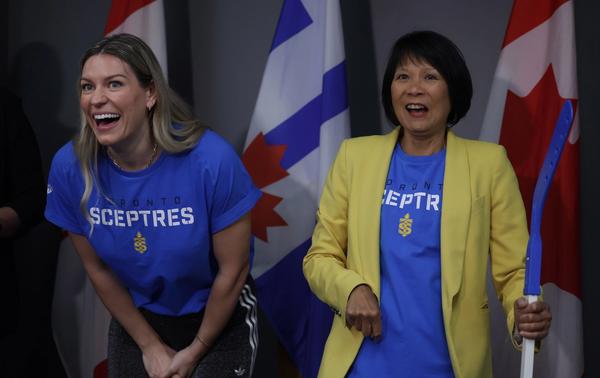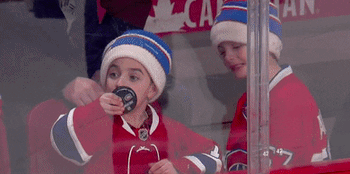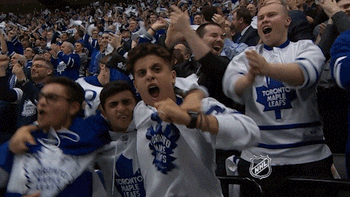PWHL announces new branding for all six teams as it gears up for season two

The GIST: As mentioned, the PWHL unveiled new names, logos, and colors for its inaugural six franchises, which sparked intense reactions across the hockey community. Part of what caught fans off guard is that the PWHL decided team branding without major input from teams, players, or fans, which Front Office Sports explained is a result of the league’s structure.
The process: Last year, PWHL teams were simply addressed by their city, such as PWHL Toronto and PWHL Boston. The league (re)introduced the inaugural six on Monday as the Boston Fleet, Minnesota Frost, Victoire de Montréal, New York Sirens, Ottawa Charge, and Toronto Sceptres, with each name inspired by its respective locale.
- In the beginning of the process, the PWHL fielded input from general managers and players, and scoped out fan opinions on social media. However, all final branding decisions were made by a small committee without consulting teams, although the group did run the names by the PWHL’s advisory board.
- The league did things as a cohesive unit because of its current structure — the PWHL is collectively owned by investor Mark Walter, so individual stakeholders didn’t need to be consulted. That being said, teams took the reins when it came to activating their new brands, largely by spotlighting support from players. Reign on.
The landscape: Historically, teams have rolled out franchise branding without public input, but it’s less common these days. The WNBA’s inaugural squads had a say in their names in the ’90s, and fan input was a crucial part of the branding process for more recent teams like the W’s Golden State Valkyries and the NWSL’s Chicago Red Stars.
- It makes sense: Sports franchises can be a challenging sell in brand new markets, so involving fans early can help cultivate a fanbase and create hype, not to mention generating a sense of loyalty and ownership.
Zooming out: The PWHL proved to be a smash hit in its first season with record-breaking attendance, historic viewership, and over 40 corporate sponsorships — and that was without unique team identities to rally behind. Next season is poised to handle the league’s rapid growth with venue upgrades in Toronto and Montréal, and new markets like Pittsburgh feeling out the ice.
Enjoying this article? Want more?

Sign up for The GIST and receive the latest women's sports business news straight to your inbox three times a week




